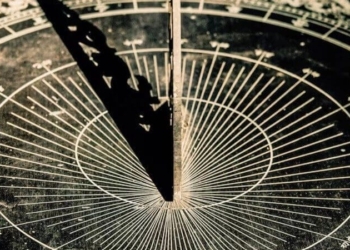We – the modern people – often hear countless stories about diligent students, “grinding the classics and cooking history”, who train day and night. In ancient times, people primarily used candlelight to read books; this was true for wealthier families, while poorer students relied on moonlight or the light from fireflies.
Studying under such poor lighting conditions, how did they avoid nearsightedness?
It must be emphasized that studying in low-light environments for extended periods will certainly have a negative impact on vision, but the learning conditions in the past were not like today, making the occurrence of nearsightedness very unlikely.

In the feudal society of the past, the number of people reading was few, so the rate of nearsightedness was also low.
In the feudal society of the past, the majority of the population was illiterate, with only a few children from wealthy families having the opportunity to attend school. Therefore, the number of readers was low, resulting in a lower rate of nearsightedness.
Secondly, due to the circumstances of the past not being as modern as today, there were not many types of bright lights at night, such as compact lights; few people carried lamps outside, and the lamps of that time were oil lamps, providing weak illumination. People of the past grew up in such low-light conditions and gradually adapted their eyes to this type of light.
An important factor to consider is the writing instrument. The pens used in the past were long brush pens, which required the writer to hold their head high, keeping their eyes far from the page. The characters written in those times were also larger than today’s, making them easier to see, all of which contributed to a reduced risk of nearsightedness.
A fundamental difference is that nowadays, people use many electronic products such as phones, televisions, and computers, which significantly affect vision and contribute to the increasing rate of nearsightedness.





















































